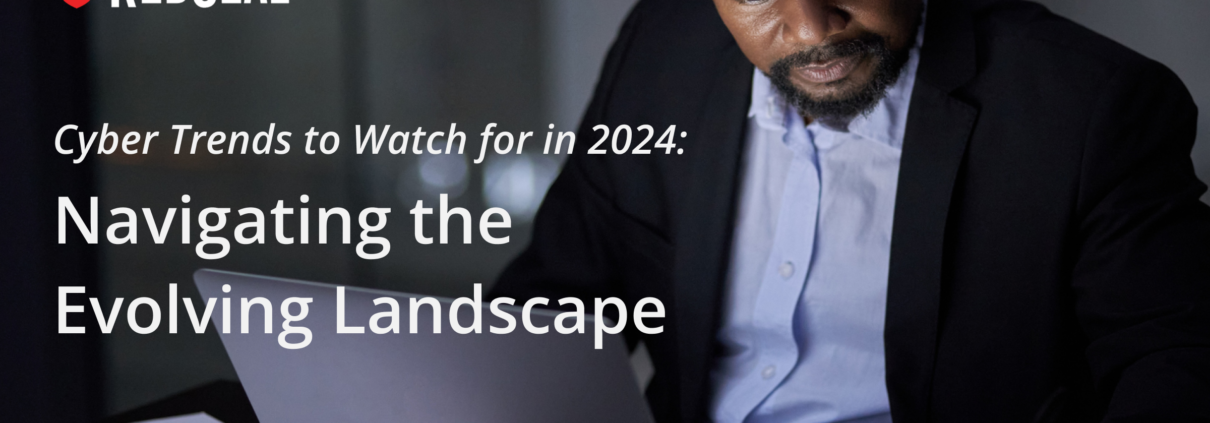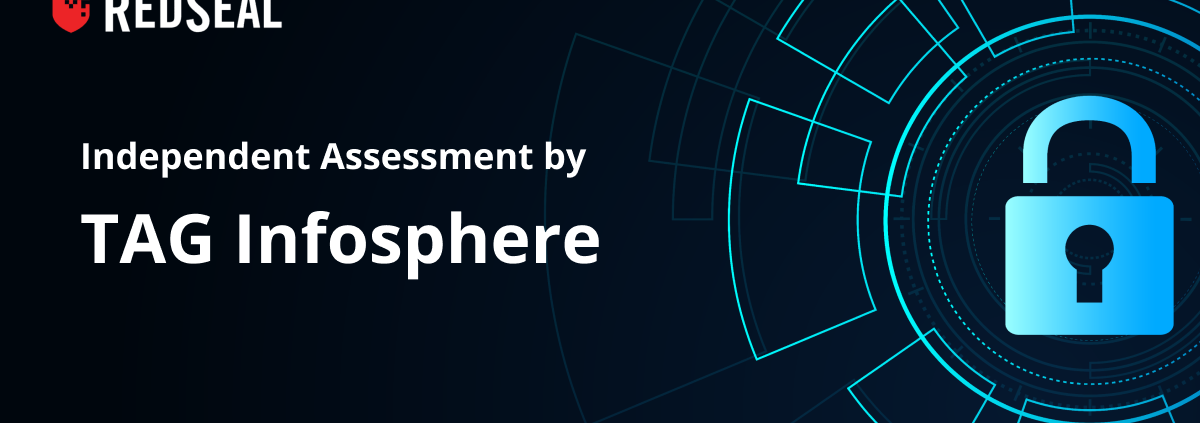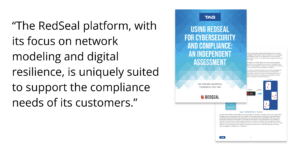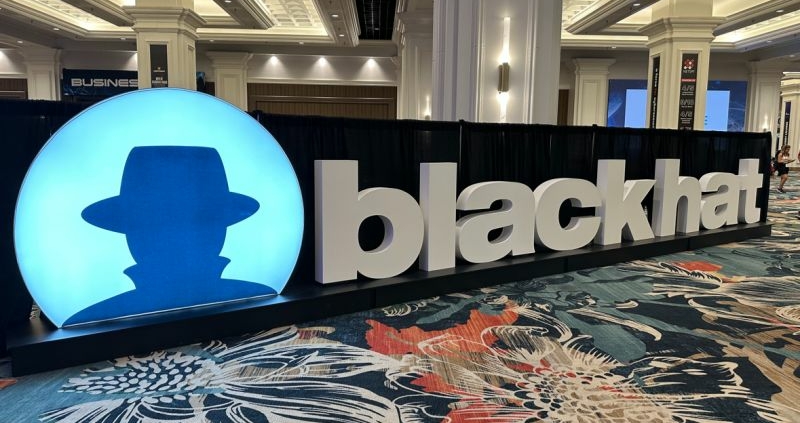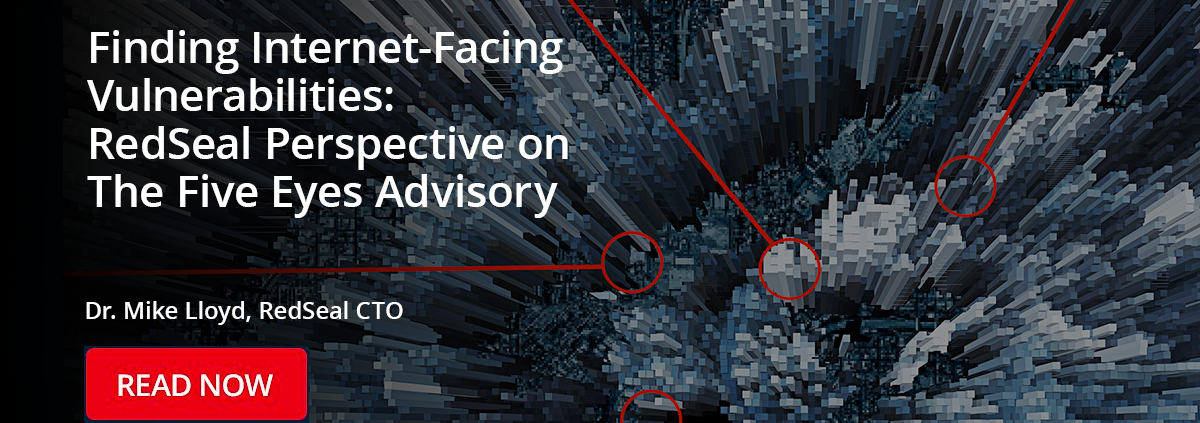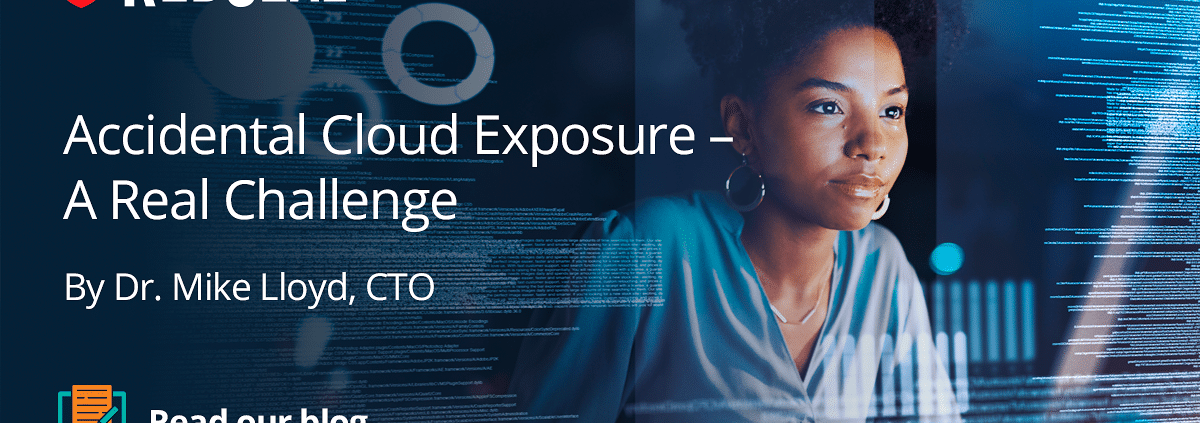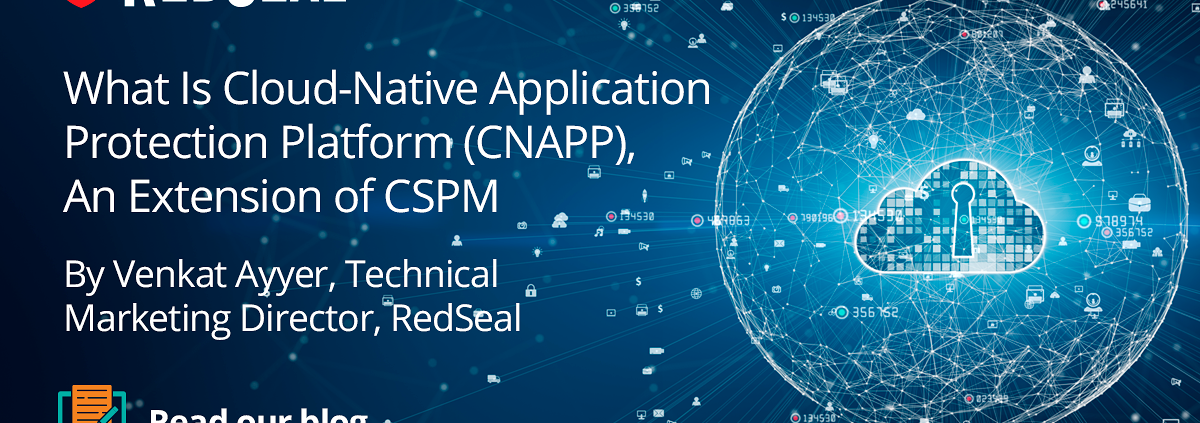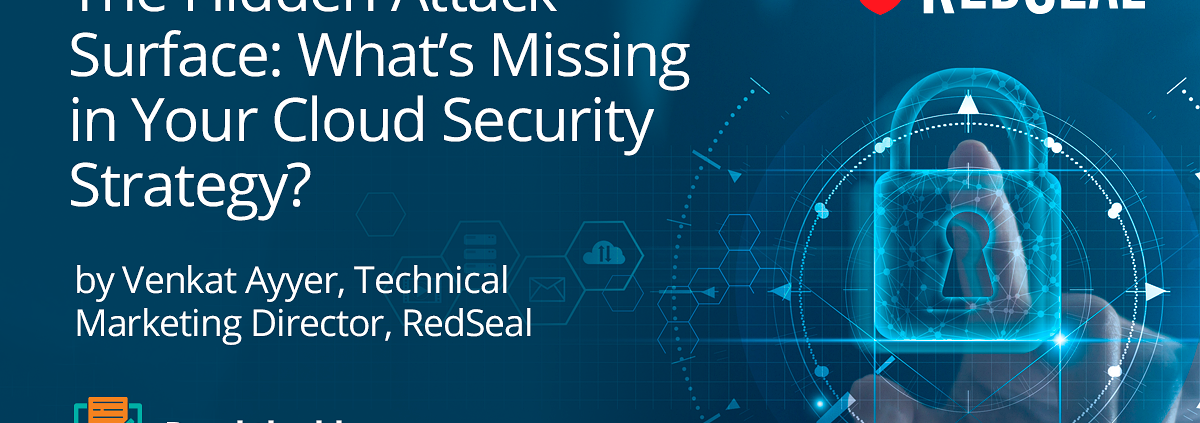Cyber Trends to Watch for in 2024: Navigating the Evolving Landscape
As technology continues to advance at a rapid pace, the cyber landscape is undergoing unprecedented transformations. As we step into 2024, it’s crucial to stay ahead of the curve and be aware of emerging cyber trends.
Keep an eye on these notable trends unfolding in the cybersecurity landscape:
1. AI-Powered Cyber Attacks
Artificial Intelligence (AI) is no longer just a tool for cybersecurity; it’s also becoming a weapon in the hands of cybercriminals. In 2024, we can expect a surge in AI-powered cyber attacks. Attackers are leveraging machine learning algorithms to automate and enhance their attack strategies, making it more challenging for traditional security measures to detect and prevent these threats. Automating attack path analysis and malware analysis with AI are a couple of ways to combat attackers using AI.
According to Springfield FBI, Cybercrime costs businesses more than $10 billion in the U.S. last year, a figure that could reach $10.5 trillion, globally by 2025, according to Cybersecurity Ventures. They also estimate ransomware alone will cost its victims around $265 billion annually by 2031—an astonishing 815 times more than the $325 million that organizations spent on ransomware in 2015.
The average cost of a data breach reached an all-time high of $4.45 million in 2023, according to IBM—a 15.3% increase over the cost in 2020. Knowing what assets you need to protect and important steps you can take to identify and mitigate them is crucial.
2. Quantum Computing Threats
While quantum computing promises revolutionary advancements, it also poses a significant threat to current encryption standards. In 2024, as quantum computing technologies mature, the risk of cryptographic vulnerabilities increases. The primary goal of a cryptographic system is to ensure the confidentiality, integrity, and authenticity of data. Cryptographic techniques are widely used in various applications, including secure communication over the internet, data storage, authentication, and digital signatures. Cryptographic systems play a crucial role in ensuring the security of digital communication and information in various domains, including online banking, e-commerce, secure messaging, and data protection.
The White House and the Homeland Security Department have made clear that in the wrong hands, a powerful quantum computer could disrupt everything from secure communications to the underpinnings of our financial system.
Organizations must start preparing for quantum-resistant encryption methods to safeguard their sensitive information.
3. Ransomware 2.0: Double Extortion
Persistent and evolving, ransomware attacks continue to pose a significant threat. In 2024, we anticipate the rise of “Ransomware 2.0,” which involves double extortion tactics. In addition to encrypting data, attackers are increasingly stealing sensitive information before locking it down. This dual-threat approach puts added pressure on victims to pay the ransom, as the exposure of sensitive data adds a new dimension to the consequences of non-compliance. Prioritizing vulnerabilities and automating compliance checks can improve the efficiency of your security team.
4. IoT Security Challenges
The Internet of Things (IoT) is expanding rapidly, connecting more devices than ever before. Research expert for the consumer electronics industry, Lionel Sujay Vailshery of Statista, estimates that more than 15 billion devices are on the Internet of Things, outnumbering non-IoT devices with 2 of 3 on IoT. However, this increased connectivity comes with heightened security risks. In 2024, we anticipate a surge in IoT-related cyber attacks as attackers exploit vulnerabilities in poorly secured devices. Strengthening IoT security protocols, such as through device authentication and authorization, securing communication channels, keeping firmware and software up to date, and security testing and vulnerability management, will be crucial to prevent widespread breaches. Knowing what is attached and who can get to it will help protect you in the future.
5. Supply Chain Attacks
Supply chain attacks are not new, but they are becoming increasingly more sophisticated, with cybercriminals targeting the networks of suppliers and service providers to compromise the security of the ultimate target.
In a supply chain attack, an attacker might target a cybersecurity vendor and add malware to their software, which is then sent out in a system update to that vendor’s clients. When the clients download the update, believing it to be from a trusted source, the malware grants attackers access to those clients’ systems and information. This is essentially how the SolarWinds attack unfolded in 2020, targeting 18,000 customers.
As organizations continue to rely on a complex web of third-party vendors, securing the entire supply chain becomes paramount in 2024.
6. Regulatory Developments
Governments and regulatory bodies are increasingly recognizing the importance of cybersecurity. We’ve already seen change in New York’s requirements for reporting breaches by company size and in 2024, we anticipate the introduction of more stringent regulations and compliance requirements. Organizations will need to stay abreast of these changes to ensure they meet the evolving standards and avoid legal and financial repercussions.
The cyber landscape is poised for continued evolution. By adopting proactive cybersecurity measures and embracing innovative solutions, we can collectively navigate the challenges and threats that lie ahead.
At RedSeal, we’re committed to fortifying your digital infrastructure. We proactively help visualize your network, identify attack paths, prioritize risk, and help you stay in compliance to ensure your business and customers stay secure.

